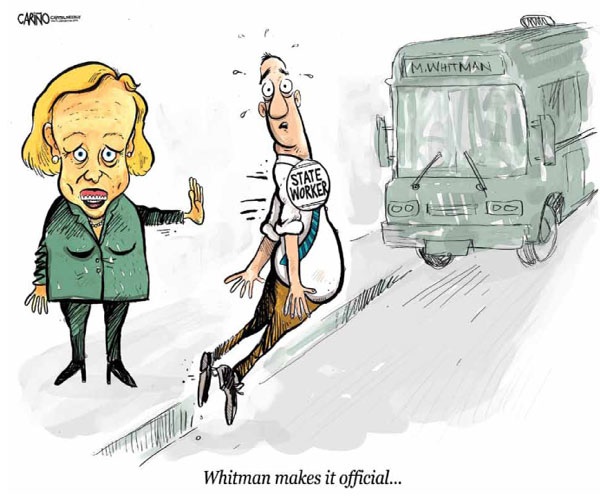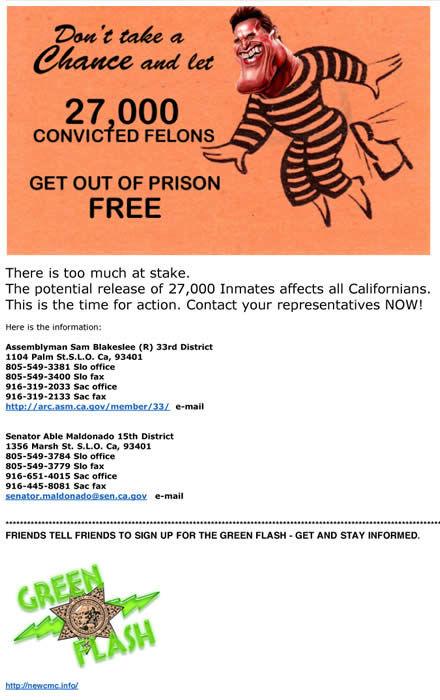The information posted help LEOs track gangs, but also pose deadly threat | |
By Thomas Watkins LOS ANGELES — When a gang member was released from jail soon after his arrest for selling methamphetamine, friends and associates assumed he had cut a deal with authorities and become a police informant. They sent a warning on Twitter that went like this: We have a snitch in our midst. Unbeknownst to them, that tweet and the traffic it generated were being closely followed by investigators, who had been tracking the San Francisco Bay Area gang for months. Officials sat back and watched as others joined the conversation and left behind incriminating information. Law enforcement officials say gangs are making greater use of Twitter and Facebook, where they sometimes post information that helps agents identify gang associates and learn more about their organizations. "You find out about people you never would have known about before," said Dean Johnston with the California Bureau of Narcotics Enforcement, which helps police investigate gangs. "You build this little tree of people." In the case involving the suspected informant, tweets alerted investigators to three other gang members who were ultimately arrested on drug charges. Tech-savvy gangsters have long been at home in chatrooms and on Web sites like MySpace, but they appear to be gravitating toward Twitter and Facebook, where they can make threats, boast about crimes, share intelligence on rivals and network with people across the country. "We are seeing a lot more of it," Johnston said. "They will even go out and brag about doing shootings." In another California case involving a different gang, much of the information gathered by investigators came from members' Facebook accounts. Authorities expect to make arrests in the coming months. "Once you get into a Facebook group, it's relatively easy," Johnston said. "You have a rolling commentary." And gang members sometimes turn the tables, asking contacts across their extended networks for help identifying undercover police officers. It's hard to know exactly how many gang members are turning to Twitter and Facebook. Many police agencies are reluctant to discuss the phenomenon for fear of revealing their investigative techniques. Capt. Walt Myer, director of the Riverside County regional gang task force, said gang activity often "mirrors general society. When any kind of new technology comes along, they are going to use it." Representatives from Twitter and Facebook say they regularly cooperate with police and supply information on account holders when presented with a search warrant. Neither company would discuss specifics. Gang use of Twitter and Facebook still lags behind use of the much-older MySpace, which remains gang members' online venue of choice. The Crips, Bloods, Florencia 13, MS-13 and other gangs have long used MySpace to display potentially incriminating photos and videos of people holding guns and making hand gestures. They also post messages about rivals. Last week, officials in Riverside County, east of Los Angeles, announced the arrest of 50 people in a crackdown of a Latino gang they say was engaged in drug sales and hate crimes against black residents. Prosecutors say some of the evidence was pulled from MySpace and YouTube, including rap videos taunting police with violent messages. While some members are wising up to the police attention such postings can bring, gang information remains publicly viewable online. Dozens of Facebook accounts are dedicated to the deadly MS-13 gang, with followers from around the globe. At one site, a video displays pictures of dead members of the rival 18th Street gang, and some users have left disrespectful comments. The toughest part about tracking someone on Twitter is finding the alias or screen name they are posting under. And many tweets are nonsensical or pointless, so cutting through the clutter can be difficult. "It's tricky," said Los Angeles County Sheriff's Deputy David Anguiano. "If you find out what they go by, you are good to go." Anguiano tracks the online activity of graffiti vandals - the so-called tagging crews that sometimes morph into gangs. They post tweets saying they are heading out to spray paint and sometimes post links to photographs of their work. Often, they cannot resist bragging about their handiwork, and the electronic trail they leave is frequently used as evidence.
|
Tuesday, February 2, 2010
Use of Twitter, Facebook on the rise among gang members
Subscribe to:
Post Comments (Atom)






























No comments:
Post a Comment